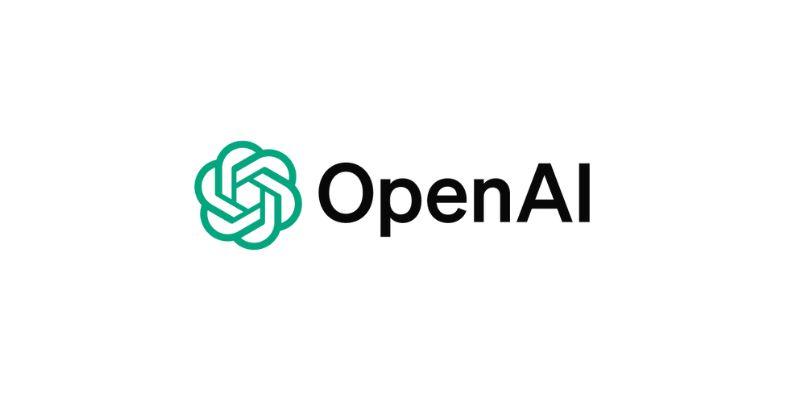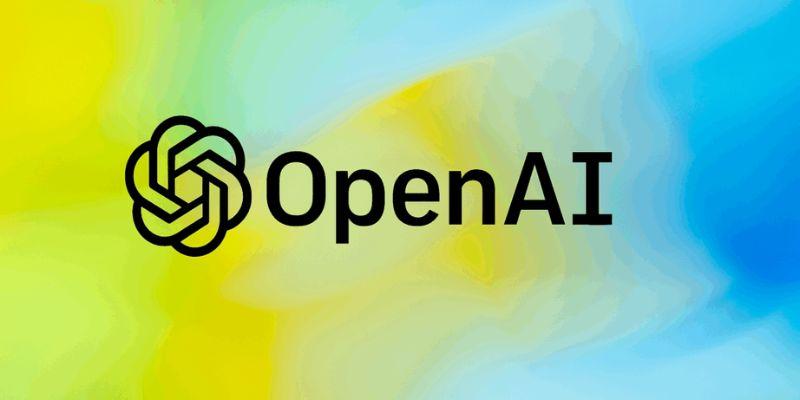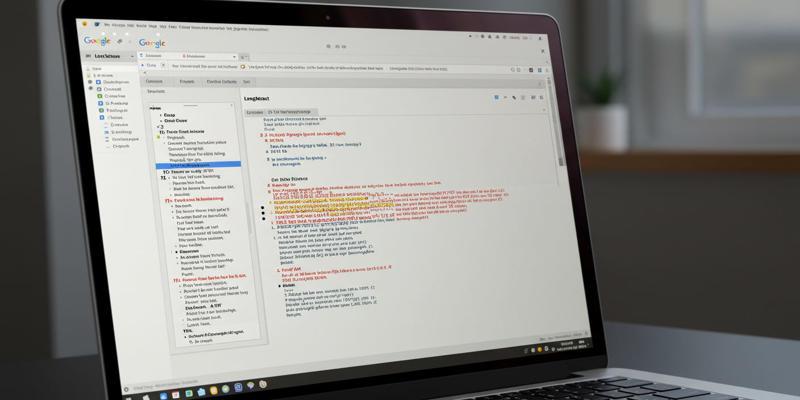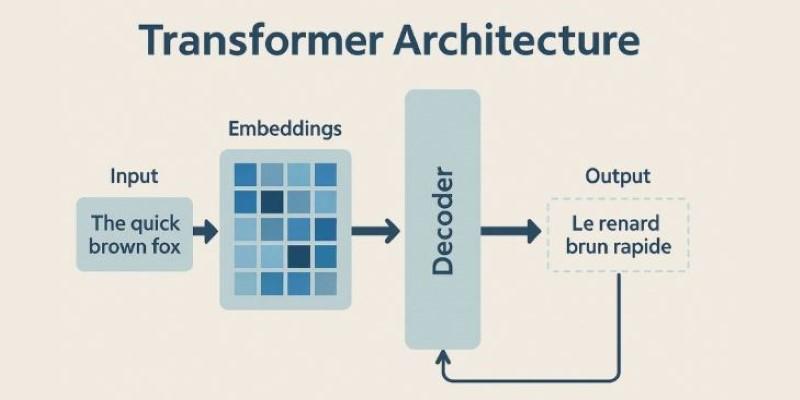AI research tools are becoming central to both professional and academic work. The Deep Research tool from OpenAI serves as an example of how artificial intelligence can simplify intricate literature reviews. Traditional reviews demand extensive planning, verification, and time. Finding pertinent sources, evaluating assertions, and establishing links between studies can take weeks for researchers.
The goal of Deep Research is to expedite this process without compromising reliability. The tool compiles data from multiple sources, summarizes results, and highlights key insights. It reduces blind spots in manual reviews by combining reasoning with retrieval. Whether Deep Research generates credible summaries that withstand scrutiny is the true test. To assess its value for both academic and commercial use, we must observe how it performs in real-world settings.

Understanding the Goal of Deep Research
OpenAI created Deep Research to address the problem of information overload in modern research. Scholars encounter enormous amounts of papers, reports, and articles dispersed throughout various fields. Projects are often delayed by the need to find relevant work and verify credibility. Deep Research aims to expedite literature reviews while maintaining accuracy and precision. It does this by combining advanced reasoning methods with AI-powered search.
It produces structured insights rather than unstructured lists of sources. These observations highlight gaps, contrast findings, and summarize arguments. Such structured results help users quickly grasp the current state of knowledge. Supporting decision-making without burying researchers in disjointed notes is a primary goal. Understanding this goal is key to evaluating its usefulness.

How AI-Powered Literature Review Differs from Traditional Approaches
Manual database and journal searches are a major component of traditional literature reviews. Filtering abstracts and verifying their relevance can take researchers hours. Deep Research takes a different approach by automating the discovery process. It interprets content in context in addition to finding papers. The tool can present compiled insights, extract supporting data, and find connections between studies.
These characteristics lessen the possibility of missing crucial evidence. Unlike keyword-based searches, Deep Research interprets meaning and looks beyond surface matches. That enables it to recognize nuanced trends and divergent opinions. Long cycles of reading, annotating, and organizing are required for traditional reviews. By providing structured outputs up front, an AI-powered review shortens those cycles. With this change, literature reviews become guided processes in which AI enhances human judgment and decision-making.
Evaluating Accuracy and Depth in AI Summaries
When testing AI-powered literature reviews, accuracy remains the primary concern. Original claims must be accurately reflected in summaries. Conclusions become deceptive if interpretations diverge from the sources. To mitigate this risk, Deep Research bases its answers on credible citations. References are available for every statement. This traceability enables users to confirm the validity of claims.
Depth also matters, since superficial summaries often overlook key details. The goal of deep Research is to record both detail and breadth. It can highlight areas of agreement or disagreement by analyzing multiple papers collectively. After that, researchers can evaluate the context-specific strength of the evidence. Comparison is the true test of depth and accuracy. AI summaries must exhibit clarity and consistency in interpretation when compared to human reviews.
Practical Benefits for Academic Researchers
When writing literature reviews, academic researchers often face tight deadlines. One benefit of deep Research is that it reduces the amount of time needed to gather sources. Users can concentrate on analysis rather than searching and cataloging for weeks. Summaries produced by AI offer a solid foundation for further investigation. It helps students quickly identify important debates for their theses.
A quick synthesis of supporting research can help faculty members prepare grant proposals. Identifying author disagreements helps improve arguments. Efficiency frees up time for more worthwhile work, but it does not replace critical thinking. While researchers still have the final say, AI accelerates and reinforces their foundations. The key advantage is the ability to conduct faster discovery without sacrificing academic rigor.
Business Applications of AI-Powered Research Tools
AI-powered literature reviews can also benefit businesses. Analyzing consumer reports, academic studies, and industry trends is frequently necessary for market research. These results can be organised through in-depth research into logical summaries that facilitate informed decision-making. Without reading endlessly, managers can learn about the tactics of their rivals or new technological advancements. Using synthesized data, consultants can quickly create structured reports for clients. It can be used to evaluate opportunities and risks by teams looking into new product directions.
Strategic planning is enhanced by the ability to identify patterns in various sources. Decision-makers are provided with structured knowledge that enables them to take unambiguous actions, rather than relying on raw data. In industries that move quickly and where advantage is determined by timing, such efficiency is important. AI-powered tools increase access to high-quality analysis by reducing research barriers.
Limitations and Ethical Considerations of Deep Research
Despite its benefits, Deep Research has drawbacks that must be carefully considered. The caliber of the sources available affects AI summaries. Results may be impacted by biased or subpar content. Validating results still requires human oversight, while transparency also raises ethical questions. When summaries are generated by AI instead of human experts, users need to be aware of this.
Citation tracking is helpful, but there is still a chance of subtle misrepresentation when interpreting. Scope is another difficulty. AI can handle a wide range of topics, but it may struggle with specialized or emerging subjects. Very recent publications might not be covered by training data. Researchers must be aware of the gaps that automation cannot address. Combining human knowledge with AI insights is what responsible use entails. This kind of collaboration guarantees speed without compromising integrity or accuracy.
Conclusion
OpenAI's Deep Research demonstrates how AI can expedite and structure literature reviews. It increases access to insightful information, reduces the time spent searching, and enhances the depth of analysis. Businesses can use structured findings to support strategic planning, and academic researchers can become more efficient while maintaining rigor. Human oversight remains the strongest safeguard against error. Collaboration is the way of the future, where AI speeds up tasks while humans refine and analyze the results. By putting Deep Research to the test, we can see both its potential and its limitations.











